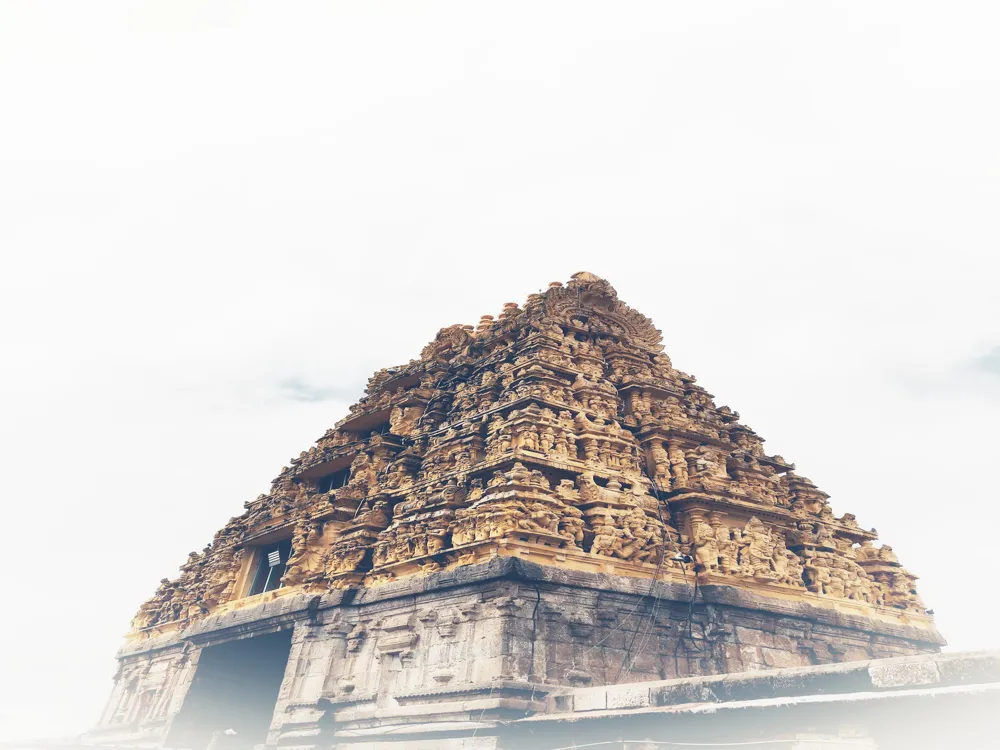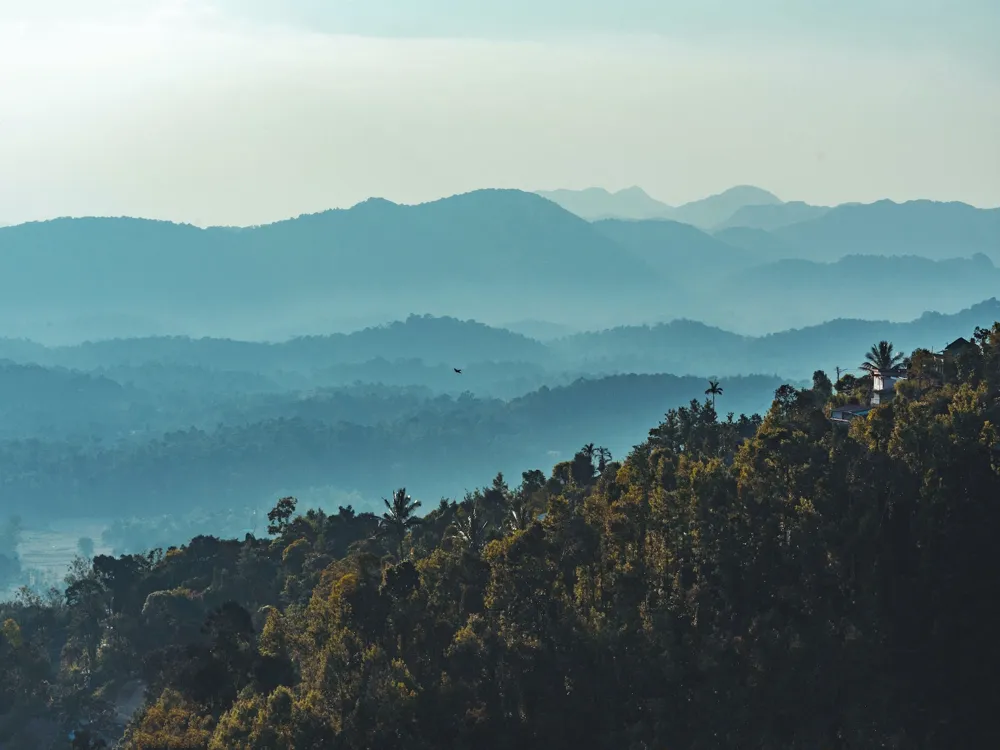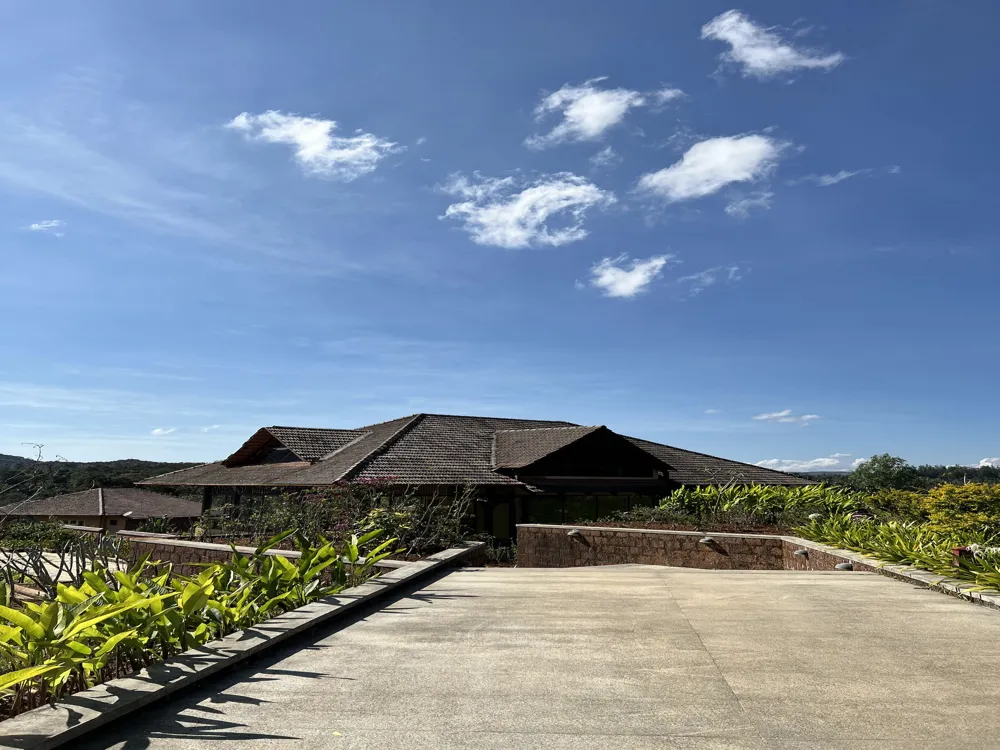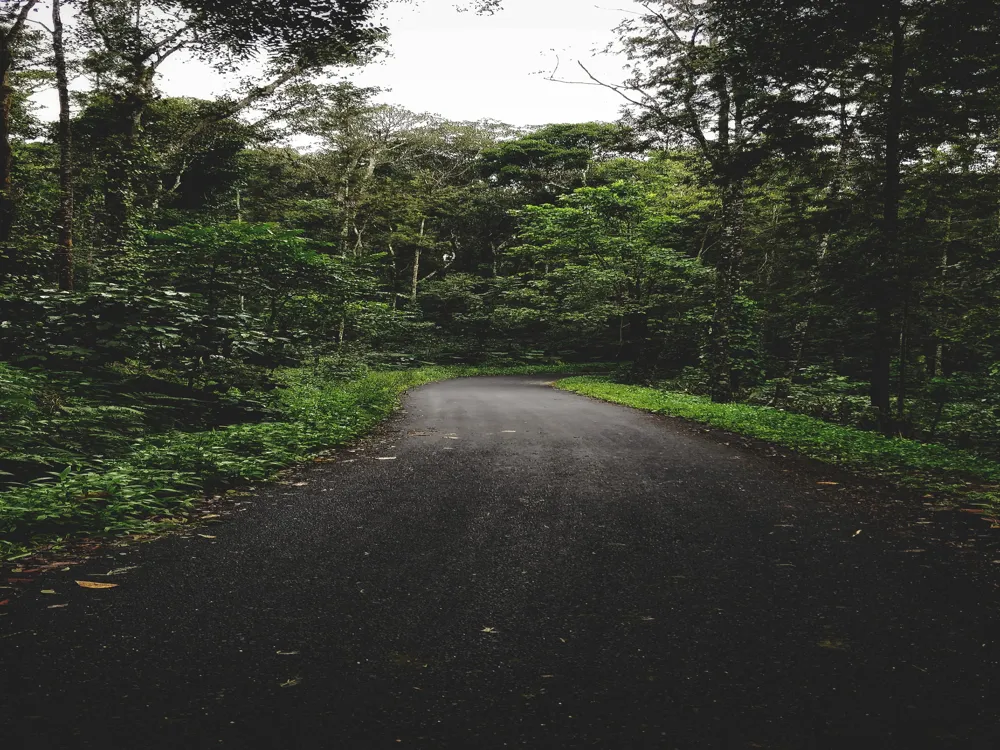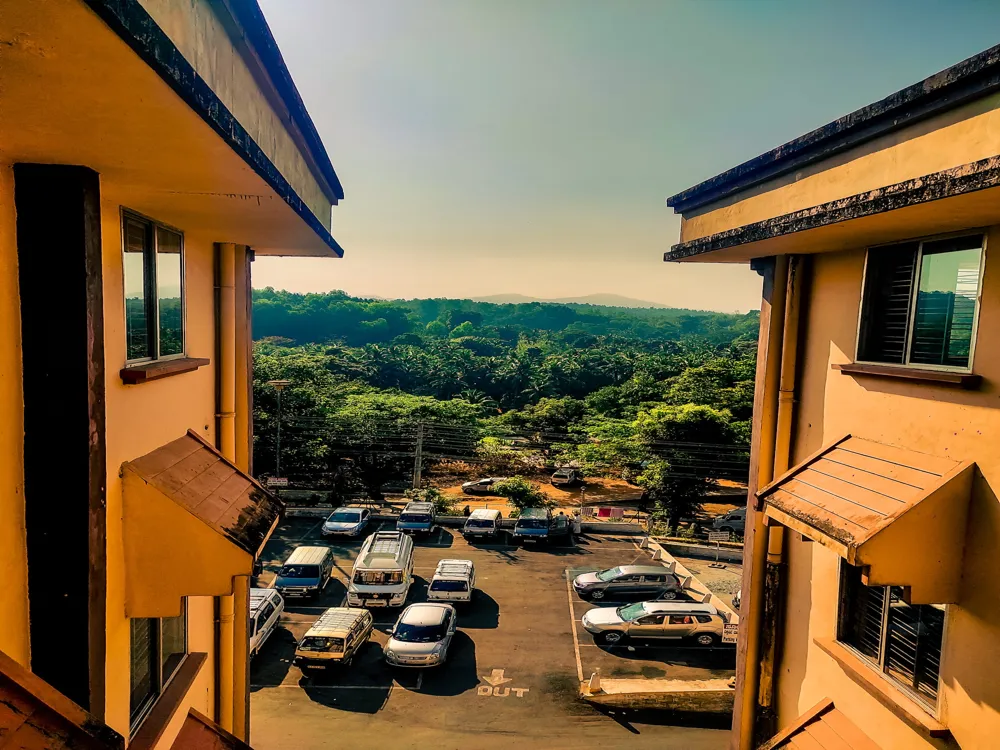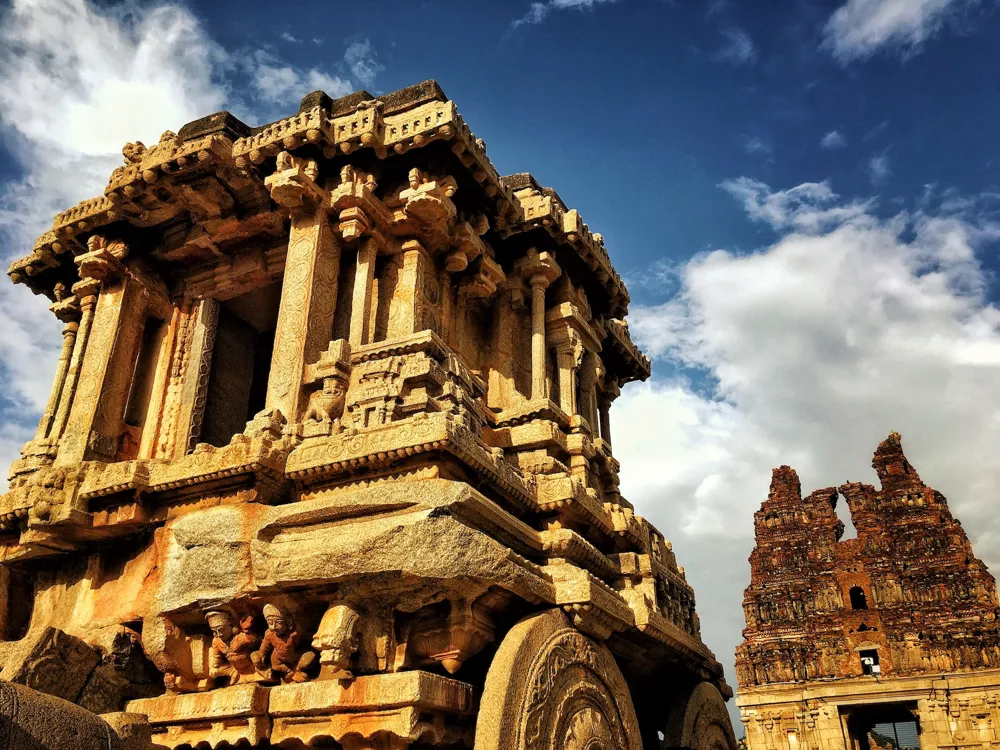Halebid, also known as Halebidu or Halebeedu, is a historical town located in the Hassan district of Karnataka, India. This town, once the regal capital of the Hoysala Empire in the 12th century, is renowned for its rich heritage and architectural marvels. The name Halebid translates to 'old abode' or 'old city,' signifying its historical significance. It was originally called Dwarasamudra, referencing the large lake in front of the Hoysaleswara Temple. Halebid's history is deeply intertwined with the Hoysala Empire, which ruled over South India between the 10th and 14th centuries. The town flourished under the patronage of the Hoysala rulers, who were great patrons of art and architecture. This era witnessed the construction of numerous temples and structures, which were intricately carved and adorned with sculptures depicting Hindu mythology, life scenes, and various forms of nature. The Hoysaleswara Temple, dedicated to Lord Shiva, is the most prominent testament to the architectural prowess of the Hoysala craftsmen. Despite being ransacked and looted by the Delhi Sultanate in the 14th century, Halebid continues to stand as a symbol of the Hoysala's architectural legacy. Today, Halebid is a significant tourist destination, attracting visitors from across the globe who come to marvel at its historical and architectural beauty. The town is not just a testament to the architectural genius of the past but also a mirror reflecting the rich cultural and historical tapestry of Karnataka and India as a whole. The architecture of Halebid is predominantly characterized by the Hoysala architectural style, which is noted for its intricate detailing, unique design, and artistic excellence. The Hoysala architects and artisans employed a type of soft soapstone, which allowed them to create elaborate sculptures and friezes with incredible precision and detail. This style of architecture is distinct and differs significantly from the Dravidian architecture seen in the neighboring Tamil Nadu. The Hoysaleswara Temple, the jewel of Halebid, stands as a magnificent example of Hoysala architecture. This temple, dedicated to Lord Shiva, is renowned for its elaborate carvings and detailed friezes that run all around the temple. The walls of the temple are covered with an endless variety of depictions from Hindu mythology, animals, birds, and dancing figures. Notably, no two sculptures in the temple are the same. Another striking feature of Hoysala architecture is the use of star-shaped platforms upon which many of their temples are built. This unique design not only provided an aesthetic appeal but also allowed for more wall space for sculptures and carvings. The intricacy of the work found in Halebid is so detailed that it is often compared to the finesse of jewelry. Indeed, the artisans of Halebid were not just builders; they were poets in stone, capturing both the divine and the mundane with equal passion. The temples of Halebid are also known for their highly ornate ceilings and lathe-turned pillars, each uniquely designed. The ceilings feature elaborate carvings of lotuses and other motifs, while the pillars display a variety of mythological scenes and patterns. This attention to detail extends to even the smallest elements of the temple, making it a veritable treasure trove of art and history. In addition to the Hoysaleswara Temple, Halebid is home to several other notable structures, including the Kedareshwara Temple and the Jain Basadi complex. Each of these structures showcases the brilliance of Hoysala architecture and adds to the rich tapestry of Halebid's cultural heritage. The ideal time to visit Halebid is from October to March when the weather is pleasant and conducive for exploration. The summer months, from April to June, can be quite hot, making it less comfortable for outdoor activities. Visitors are advised to dress modestly when visiting the temples. It is also important to remove shoes before entering the temple premises as a sign of respect to the religious site. Opting for a guided tour can enhance the experience, as knowledgeable guides provide insights into the history, architecture, and mythology associated with the temples. Photography is allowed in most areas, but it is advisable to check for any restrictions, especially inside the temples. Using flash photography can be disruptive, so it's best to avoid it. There are several local eateries around Halebid offering delicious Karnataka cuisine. Visitors can also find a range of accommodations, from budget stays to more comfortable lodgings. Halebid is well-connected by road and is accessible from major cities in Karnataka. The nearest major city is Hassan, which is about 31 kilometers away. From Hassan, visitors can hire taxis or take buses to reach Halebid. The nearest railway station is also in Hassan, which is well-connected to major cities like Bangalore and Mysore. For those traveling by air, the nearest airport is in Bangalore, from where one can take a train or bus to Hassan and then proceed to Halebid.Overview of Halebid, Karnataka
Architecture of Halebid
Tips When Visiting Halebid
Best Time to Visit
Dress Code and Etiquette
Guided Tours
Photography
Local Cuisine and Accommodations
How To Reach Halebid
Hoysala Mahotsava
Halebid
Karnataka
NaN onwards
View halebid Packages
Weather :
Tags : Fairs & Festivals
Hoysala Mahotsava Dates : March-April
Planning a Trip? Ask Your Question
Halebid Travel Packages
View All Packages For Halebid
Top Hotel Collections for Halebid

Private Pool

Luxury Hotels

5-Star Hotels

Pet Friendly
Top Hotels Near Halebid
Other Top Ranking Places In Halebid
View All Places To Visit In halebid
View halebid Packages
Weather :
Tags : Fairs & Festivals
Hoysala Mahotsava Dates : March-April
Planning a Trip? Ask Your Question
Halebid Travel Packages
View All Packages For Halebid
Top Hotel Collections for Halebid

Private Pool

Luxury Hotels

5-Star Hotels

Pet Friendly






